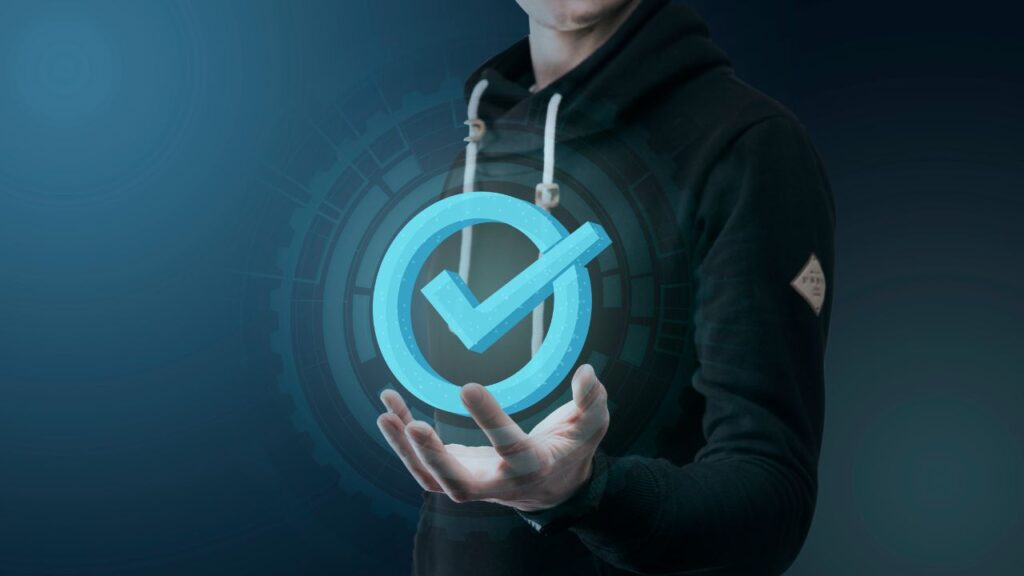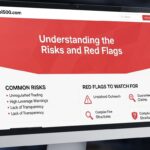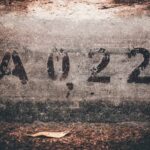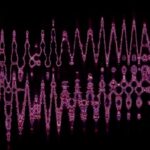In a world driven by data, precision is more than a luxury—it’s a necessity. That’s where kalibraatio—or calibration—comes into play. The term might sound technical, but its concept is quite straightforward: ensuring measurement tools and systems give accurate, reliable results by comparing them to known standards. Whether you’re working in healthcare, manufacturing, research, or even your kitchen, calibration forms the backbone of trust in measurement.
Let’s dive into what kalibraatio truly means, how it’s done, and why it matters now more than ever.
Understanding Kalibraatio and Its Role
Kalibraatio refers to the process of checking and verifying the accuracy of a measuring instrument by comparing it with a traceable standard. It identifies any deviation from the expected value and, if necessary, allows for adjustments or corrections. The primary goal is to ensure that the equipment consistently delivers accurate and repeatable results.
In many cases, calibration doesn’t involve making changes to the equipment. Instead, it assesses whether it performs within defined tolerances. This is vital in sectors where even small measurement errors can lead to safety issues, financial losses, or poor product quality.
Why Kalibraatio Is Crucial in Modern Industries
You wouldn’t trust a scale that gives a different reading every time, right? This is why kalibraatio is so critical. Here’s how it influences key industries:
-
Manufacturing: Improves process control and product quality
-
Healthcare: Ensures patient safety through accurate diagnostics and dosing
-
Pharmaceuticals: Maintains dosage precision and regulatory compliance
-
Research Laboratories: Supports reliable and reproducible experiments
-
Construction & Engineering: Guarantees structural safety and alignment
Without regular calibration, devices drift away from true values, which can lead to misinterpretation, malfunctions, and even accidents.
When Should Calibration Be Performed?
There’s no one-size-fits-all answer, but certain scenarios clearly call for recalibration:
-
After new equipment installation
-
Following any damage, repair, or fall
-
When the device shows inconsistent results
-
As part of routine maintenance (annually or semi-annually)
-
Before critical operations or audits
-
If the operating environment has changed drastically
Scheduled and preventive calibration is better than reactive troubleshooting.
Step-by-Step Guide to the Calibration Process
The calibration process is a systematic, well-documented procedure. It involves:
Preparation: The device is cleaned, stabilized at room temperature, and visually inspected for any damage.
Reference Comparison: The instrument’s readings are compared against a certified standard—traceable to national or international norms like ISO or NIST.
Measurement Evaluation: Differences (if any) are identified and noted. These deviations show how much the device’s measurements differ from the standard.
Adjustment (if applicable): Some instruments allow for recalibration to minimize deviations. Not all require or support this step.
Documentation: Results are recorded in a calibration certificate, which details measurement deviations, test conditions, the standard used, and validity periods.
Types of Equipment That Require Calibration
Almost any measurement device benefits from calibration. Some common examples include:
-
Pressure gauges
-
Temperature sensors
-
Digital multimeters
-
Analytical balances
-
Flow meters
-
Thermometers
-
Scales and weight-based devices
-
Torque wrenches
In critical fields, even the smallest measurement tool can have massive consequences if left uncalibrated.
Manual vs. Automated Calibration Systems
Modern equipment often includes automated calibration functions, especially in high-tech or continuous monitoring systems. While they’re fast and reduce human error, manual calibration still has its place.
Manual calibration allows experts to inspect, diagnose, and fine-tune devices in ways automation can’t. For industries requiring extremely high precision, manual and automated calibration are often combined for best results.
Calibration Standards and Traceability
For calibration to be trustworthy, it must be traceable. This means that the standard used to calibrate an instrument should itself be compared to a higher-level reference. This chain of comparison ensures global reliability.
International standards like ISO/IEC 17025 dictate how labs should perform calibrations. Instruments calibrated according to these standards can be trusted across borders.
The Calibration Certificate: Proof of Accuracy
Every proper calibration ends with a certificate. This document is more than just a formality—it includes:
-
Device information and serial number
-
Calibration date and next due date
-
Calibration method and conditions
-
Reference standard and traceability
-
Measurement results and deviations
-
Technician’s signature and lab accreditation
It serves as verifiable evidence that a tool was tested and validated.
Consequences of Skipping Calibration
Skipping calibration isn’t just risky—it can be expensive or even dangerous. Potential consequences include:
-
Equipment malfunction
-
Inaccurate data leading to wrong decisions
-
Failed audits or regulatory penalties
-
Increased waste and defective products
-
Safety hazards in medical or industrial settings
-
Erosion of client trust and brand reputation
It’s far more cost-effective to invest in preventive calibration than deal with the aftermath of neglected devices.
Benefits of Regular Kalibraatio
Routine calibration helps businesses stay competitive and compliant. Some of the key benefits include:
-
Increased measurement confidence
-
Better product consistency
-
Improved operational efficiency
-
Reduced rework and product waste
-
Simplified compliance during audits
-
Longer equipment lifespan
It’s a smart investment that pays off through fewer errors, smoother processes, and higher output quality.
How Calibration Supports Regulatory Compliance
Organizations that fall under ISO 9001, GMP, FDA, or CE regulations must demonstrate consistent equipment performance. Calibration records form an essential part of this documentation. In regulated environments, having up-to-date calibration logs is not just good practice—it’s a legal necessity.
Cost Considerations: Is Calibration Expensive?
While calibration does involve some cost, especially with external lab services, the cost of not calibrating is much higher. Consider:
-
Production halts due to faulty equipment
-
Batch recalls from inaccurate measurements
-
Legal penalties from failed inspections
-
Lost contracts from non-compliance
In comparison, scheduled calibration is a low-cost, high-value activity.
Home and DIY Calibration Scenarios
Calibration isn’t limited to industrial environments. Even in the home, certain tools benefit from recalibration:
-
Kitchen scales
-
Indoor thermometers
-
Hygrometers
-
Blood pressure monitors
-
Aquarium pH meters
Basic calibration techniques (using known weights, boiling water for temperature checks, etc.) can help these tools stay functional and accurate.
The Future of Calibration: Trends and Technology
Like every other field, calibration is evolving. Emerging trends include:
-
Smart sensors with auto-calibration features
-
Cloud-based calibration tracking
-
Mobile apps for real-time device calibration updates
-
Blockchain integration for tamper-proof calibration logs
-
AI-powered predictive maintenance based on sensor drift data
These advancements make calibration more accessible, scalable, and secure.
Kalibraatio in Sustainable and Lean Practices
Accurate calibration also supports environmental goals. It ensures:
-
Less raw material waste
-
Lower energy usage
-
Reduced product rejection rates
-
Streamlined production with fewer downtimes
This aligns calibration with green manufacturing and lean production methodologies.
Conclusion
Calibration—or kalibraatio—is far more than a technical formality. It is a fundamental process that underpins accuracy, consistency, safety, and compliance across countless industries and applications. From healthcare to heavy machinery, and from laboratory environments to home-use devices, calibration ensures that the data we rely on truly reflects reality.
Neglecting calibration can lead to measurement errors, regulatory issues, equipment malfunctions, and even safety risks. On the other hand, regular calibration builds trust, reduces costs, increases operational efficiency, and supports sustainability efforts.





